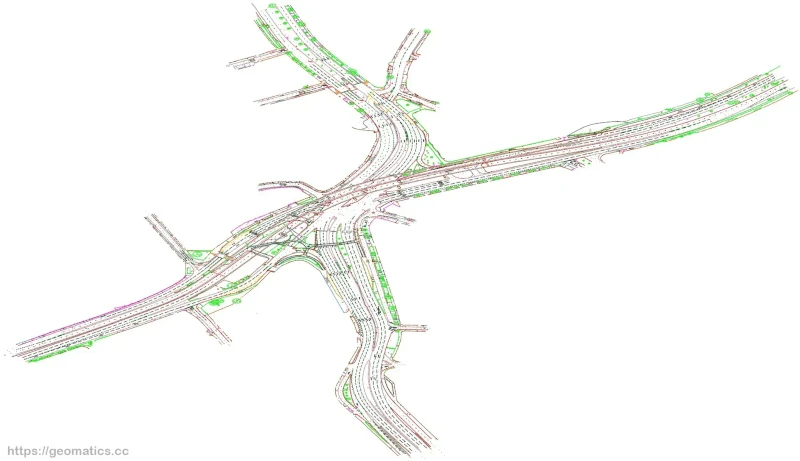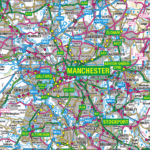Geomatics is the discipline concerned with the collection, distribution, storage, analysis, processing, presentation of geographic data or geographic information.
ISO/TC 211 (reference: ISO/TC211/WG1 N119)
The discipline of Geomatics encompasses the fields of surveying, mapping, remote sensing (Laser Scanning), photogrammetry, hydrography, GNSS, GIS and many more.

What does a Geomatics Engineer do?
Geomatics Engineers, sometimes called Engineering Surveyors, gather, model, analyze, and manage information that is identified according to its location (spatially referenced data). They do this by making use of sensors on the ground, in the air, in the ocean and on satellites. Sensors in these categories include topographical instruments (e.g. total stations), GNSS (GPS) equipment, laser scanners, drones and even the very basic measuring tape.
Geomatics vs Surveying
You might wonder what the difference is between Geomatics and Surveying? Land Surveying (or Engineering Surveying) is in fact a sub-discipline of Geomatics. However, in practice, there is little to no difference between the disciplines and the terms get used interchangeably often.

Importance of Geomatics
Why is Geomatics important or what is the purpose of it? In short, whenever there is a requirement of location information Geomatics comes into play. Having precise locations defined on the surface of the Earth is critical in many fields and industries such as: cartography, land boundaries, disaster management, navigation, energy assessment, noise and pollution monitoring and many more. A Geomatics engineer will make use of sensors, knowledge and software to produce highly accurate positional information for any of these scenarios.
This is a large encompassing discipline that has been evolving continuously throughout the years. Applications are in continuous development and technology advancements only make it better every day.
In these pages you will find useful information and tools, regardless if you are in the profession or not.
Recent Posts
Below is a list of the most recent blog posts. Alternatively, you can see all posts in the Articles section of this website. You can also find a list of related terminology and definitions.
- How to convert between different coordinate systems in the UK?Introduction For those navigating the realms of cartography, surveying, or simply exploring the vast landscape of geographic information, understanding how to convert OSGB36 coordinates to latitude and longitude is a… Read more: How to convert between different coordinate systems in the UK?
- The 3G switch-off: How to be prepared as a surveyorAs the 3G switch-off looms, surveyors must be prepared for the upcoming changes. This article explores key considerations and practical tips to ensure a smooth transition, helping surveyors adapt and optimize their workflows in the evolving landscape of mobile connectivity.
- GNSS vs GPS – what is GNSS?GNSS (Global Navigation Satellite Systems) is a term used to describe satellite-based systems that provide positioning, navigation, and timing (PNT) data. GNSS is widely used in geomatics and land surveying to accurately determine the position and orientation of points on the Earth’s surface. Other uses outside of land surveying include transportation, navigation applications, agriculture and weather forecasting.
- Survey Field Books & Field NotesSurveying is all about observations. When you go on site, you often need to record not just topographical data, but also notes about your work. Good record keeping is a must have in land surveying, and this is best achieved by always taking essential field notes in your survey field book.
- Converting SnakeGrid CoordinatesConverting to and from SnakeGrid coordinates might seem a like a difficult task when you’ve never done it, but it’s actually quite a simple procedure. In this article I will explain how to do different conversions to and from SnakeGrid coordinates.
- AutoCAD – How to fillet elements with the Fillet ToolA filet is term used in many industries and can be defined in different ways, but it simple terms it is a rounded sharp edge or corner. In this article I will explain the fillet tool in AutoCAD & how to fillet 2D and 3D elements.
Get in touch
If you have any suggestions or concerns, feel free to get in touch via the contact form and I will get back to you as soon as possible. Alternatively, you can always leave a comment on any of the blog articles. These are highly valued and welcomed.






